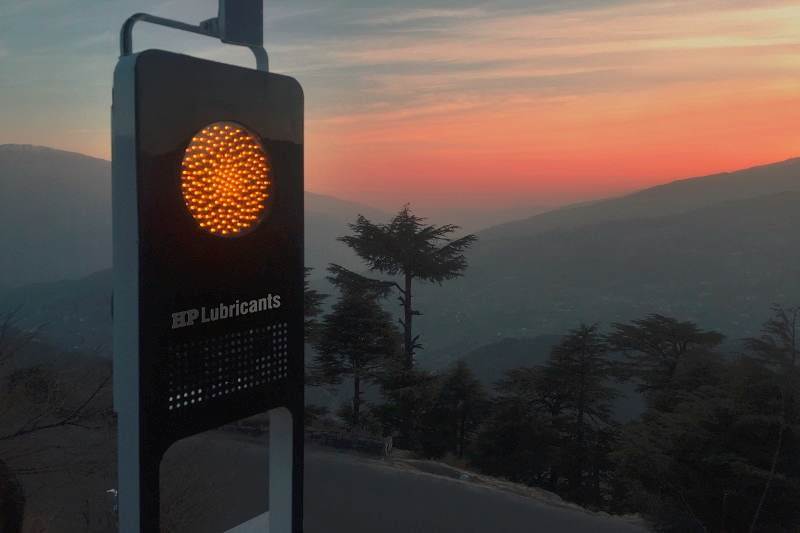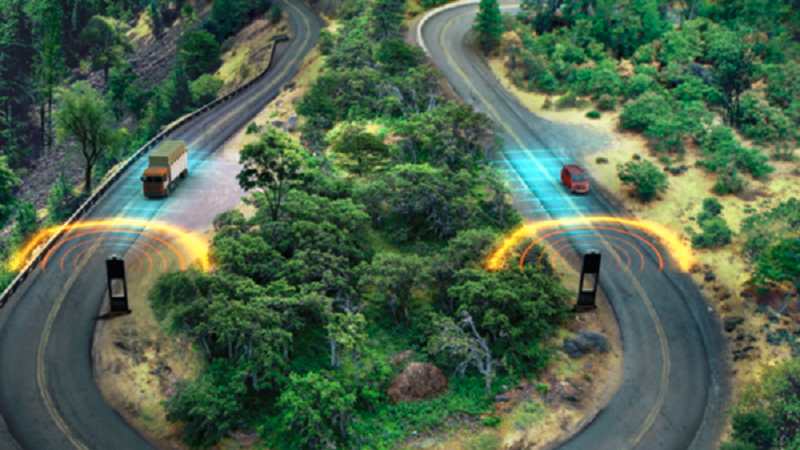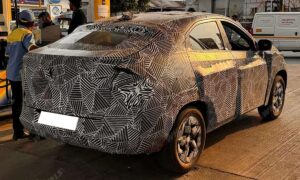With an alarming number of road accidents quashing thousands of lives every year in India, road safety has become a primary concern. In attempt to make vehicles safer, HP Lubricants and Leo Burnett India have jointly developed a first of its kind anti-collision vehicle management system, tailored for India’s national highway. Christened #RoadsThatHonk, it has been designed, conceptualized and implemented by Leo Burnett India.
To test its credibility, the innovation was launched on NH1 in North India, along the Jammu-Srinagar Highway. It is to be noted that this road is among the most hazardous highways as claimed by National Geographic. Read – Insight – Are Indian Roads Safe Enough To Drive?
Video
What is it?
The newly developed system is designed to tackle sharp curves and hairpin bends. It adopts the SmartLife Poles that are placed on every key hairpin bends. The SmartLife Poles make use of high-tech networked devices and connect it with wireless technology, radar systems and an anti-collision warning system, that run on solar PV modules.
How does it work?
The poles placed on the side of each hairpin bend detect speed of the vehicles and communicate with each other to alert the oncoming vehicles on either side with a horn. Technically, it isn’t as simple as it sounds. An electromagnetic wave in 24 GHz frequency range (k-band) is transmitted and at the same time, the frequency shift of the reflected electromagnetic wave is measured.

The frequency shift is generated by the Doppler effect of the moving target on the electromagnetic wave. With the increase in relative speed between radar sensor and target, the detected frequency shift also increases, which in turn enables radar sensor to calculate the exact speed of the target.
Prospects of the pilot project
The system is designed to taper-off risk of accidents in hilly areas. Introduced for the safety of vehicles, the expansion of the pilot project depends on the progress of the device. Considering the harsh driving terrains across India and bad road conditions, this device can be used in various parts of the country. The NH1 highway, where it has been rolled-out, reports around 2-3 road accidents daily, however with this new system, the fatalities are likely to reduce.























